Description
Despite its highly adaptable and flexible nature, C++ is also one of the more complex programming languages to learn. Once mastered, however, it can help you organize and process information with amazing efficiency and quickness.
The C++ Cookbook will make your path to mastery much shorter. This practical, problem-solving guide is ideal if you’re an engineer, programmer, or researcher writing an application for one of the legions of platforms on which C++ runs. The algorithms provided in C++ Cookbook will jump-start your development by giving you some basic building blocks that you don’t have to develop on your own.
Typical of O’Reilly’s “Cookbook” series, C++ Cookbook is written in a straightforward format, featuring recipes that contain problem statements and code solutions, and apply not to hypothetical situations, but those that you’re likely to encounter. A detailed explanation then follows each recipe in order to show you how and why the solution works. This question-solution-discussion format is a proven teaching method, as any fan of the “Cookbook” series can attest to. This book will move quickly to the top of your list of essential C++ references.
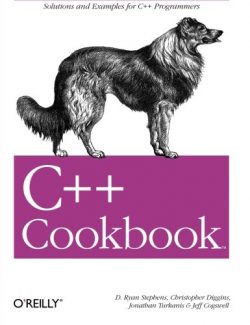
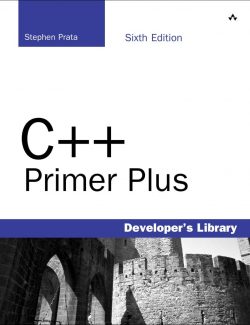
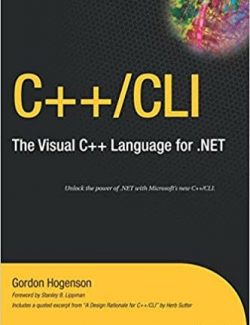
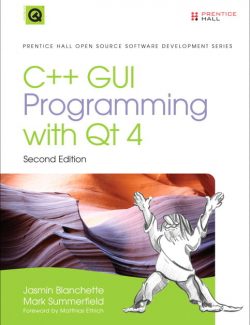
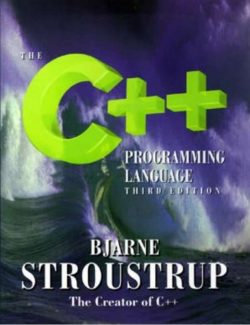
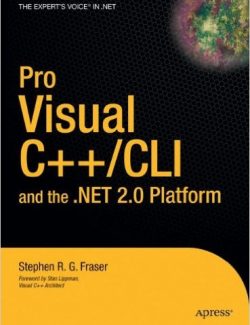
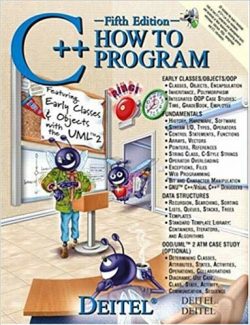
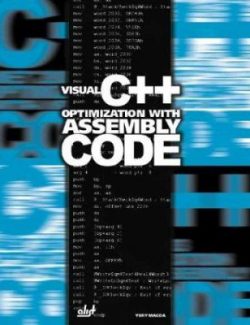
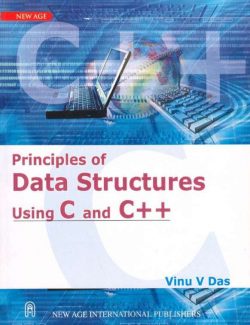
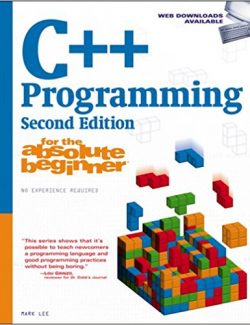
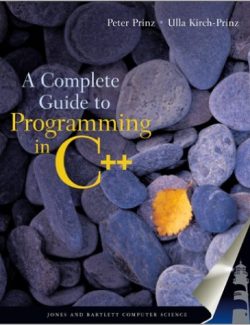
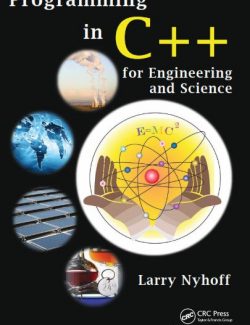
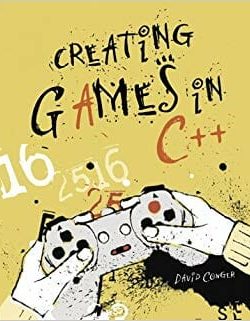
Leave us a comment
No Comments